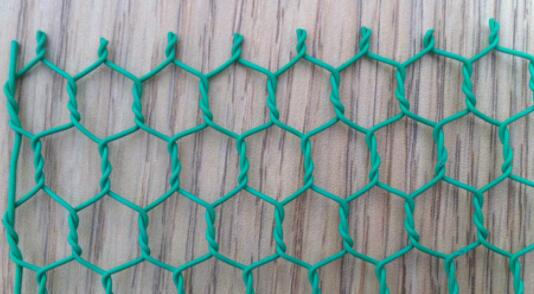Can You Use Construction Screws for Drywall?
When it comes to hanging drywall, the choice of fasteners is crucial for ensuring a secure and stable installation. Traditionally, drywall screws are specifically designed for this task, but many homeowners and DIY enthusiasts may wonder can you use construction screws for drywall? In this article, we’ll explore the differences between construction screws and drywall screws, the pros and cons of using each, and best practices for hanging drywall.
Understanding the Types of Screws
Drywall Screws These screws are specifically designed for attaching drywall to wood or metal studs. They typically feature a fine thread that is perfect for gripping the paper face of the drywall and a bugle-shaped head that helps prevent tearing of the drywall. Drywall screws are available in various lengths, often ranging from 1 inch to 2.5 inches. Their design allows them to penetrate the drywall and enter the stud without causing damage, and their special coating often makes them resistant to rust.
Construction Screws On the other hand, construction screws are general-purpose fasteners used for a variety of applications, such as framing, decking, and furniture assembly. These screws usually have a coarse thread that provides strong holding power in wood, but their design can lead to tearing the drywall paper if used improperly. They also come in various lengths and diameters, making them versatile for different construction needs.
Can Construction Screws Be Used for Drywall?
While it’s technically possible to use construction screws to hang drywall, it is not recommended. Here’s why
1. Potential for Damage The coarse threads of construction screws can more easily tear through drywall, causing damage that could require extensive repair work. This can also lead to an improper hold if the screw doesn’t bite into the stud correctly.
2. Holding Power Drywall screws are engineered to provide the right amount of holding power for drywall installations. Construction screws may not hold as well in this application, leading to sagging or damaging the drywall over time.
3. Surface Finish Issues The bugle head of drywall screws allows them to sit flush with the surface of the drywall, which is vital for achieving a smooth finish when taping and mudding. Construction screws may not provide the same flush finish, complicating the drywall finishing process.
Pros and Cons
Using Construction Screws
*Pros* - Readily available and often less expensive than specialty drywall screws. - Strong holding power in structural applications.
can you use construction screws for drywall

*Cons* - Potential for damaging drywall. - Poor compatibility with the finishing process. - May require pre-drilling to avoid breaking the drywall.
Using Drywall Screws
*Pros* - Designed specifically for drywall installation, providing less risk of damage. - Allows for a smoother finish when preparing drywall for painting or texturing. - Less inclination to break the drywall surface.
*Cons* - Slightly higher cost compared to general-purpose screws. - Less versatile for structural applications outside drywall installation.
Best Practices for Hanging Drywall
If you decide to stick with drywall screws, here are some best practices to follow
1. Spacing Space your screws about 12 inches apart along the edges and 16 inches apart in the field of the drywall sheet.
2. Depth Setting Use a screw gun or drill with depth control to drive screws just below the surface of the drywall without breaking the paper.
3. Pre-drill as Necessary If you’re using construction screws, consider pre-drilling to prevent tearing.
4. Plan for Joints Stagger your screws and avoid placing them too close to the edges to minimize the chance of cracking.
Conclusion
In conclusion, while construction screws can be used in a pinch, drywall screws are specifically designed for hanging drywall and will provide better results in terms of strength and finish. For the best results and a professional-looking installation, it’s advisable to stick with drywall screws when working with this particular material. By following best practices, you can ensure that your drywall project is completed successfully and will stand the test of time.

















